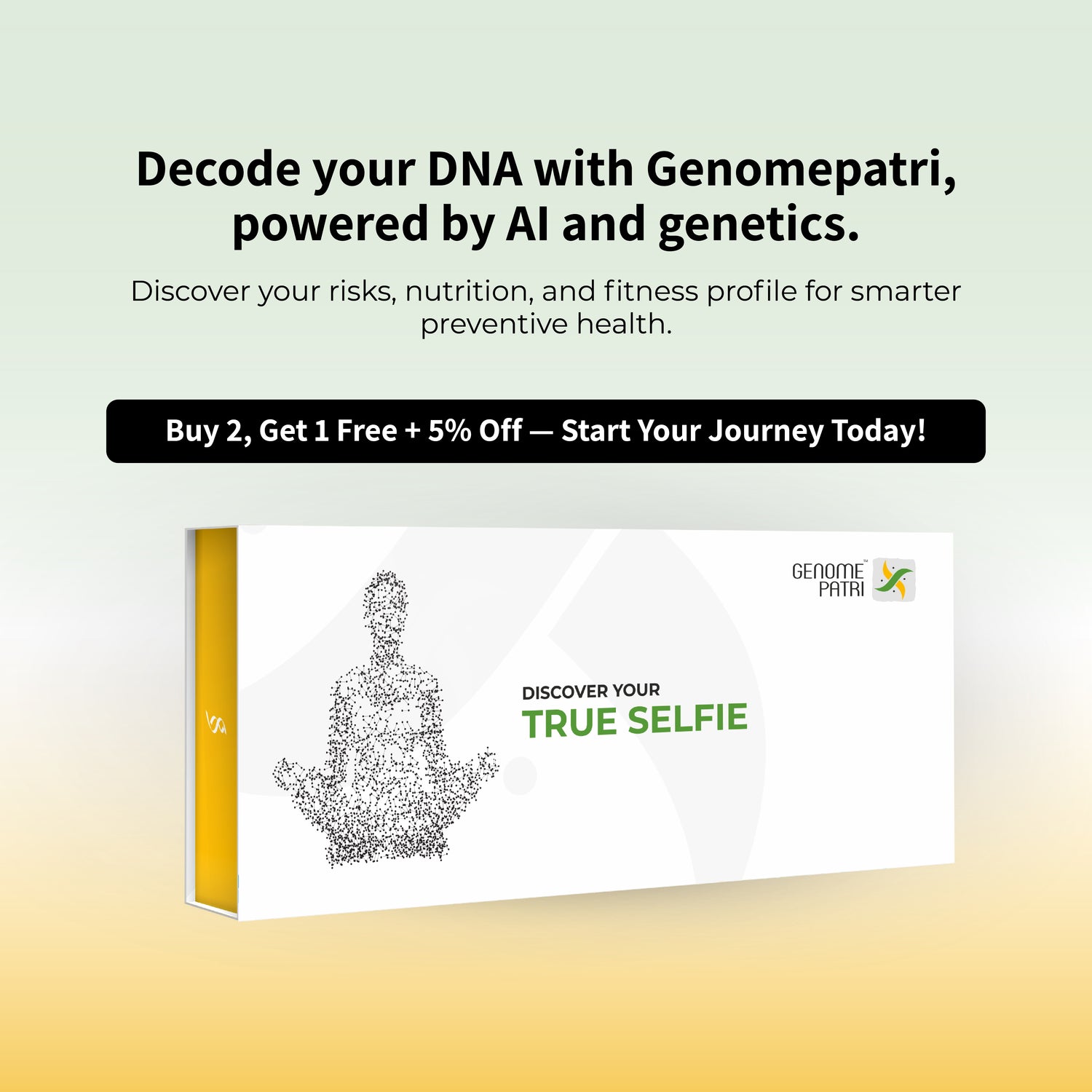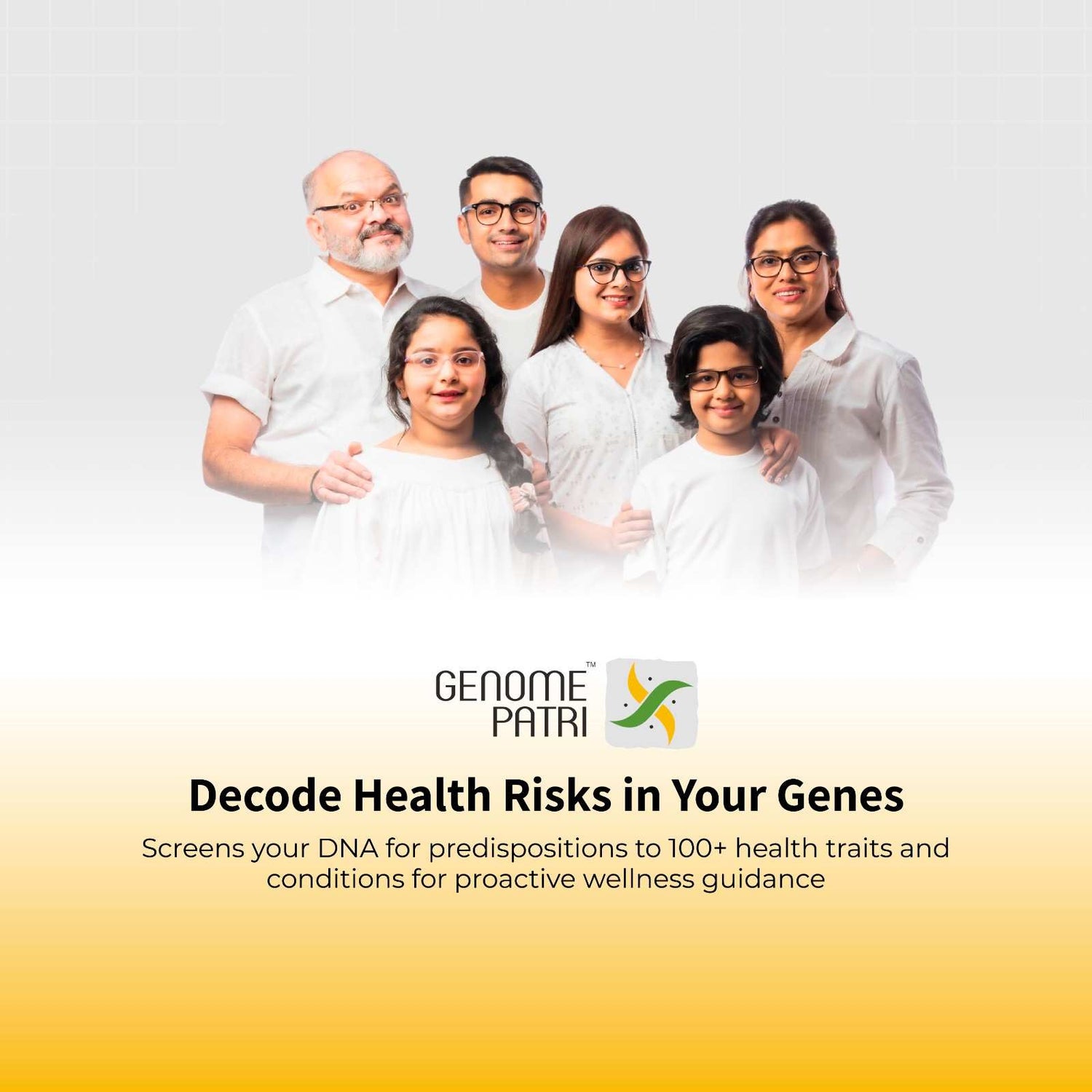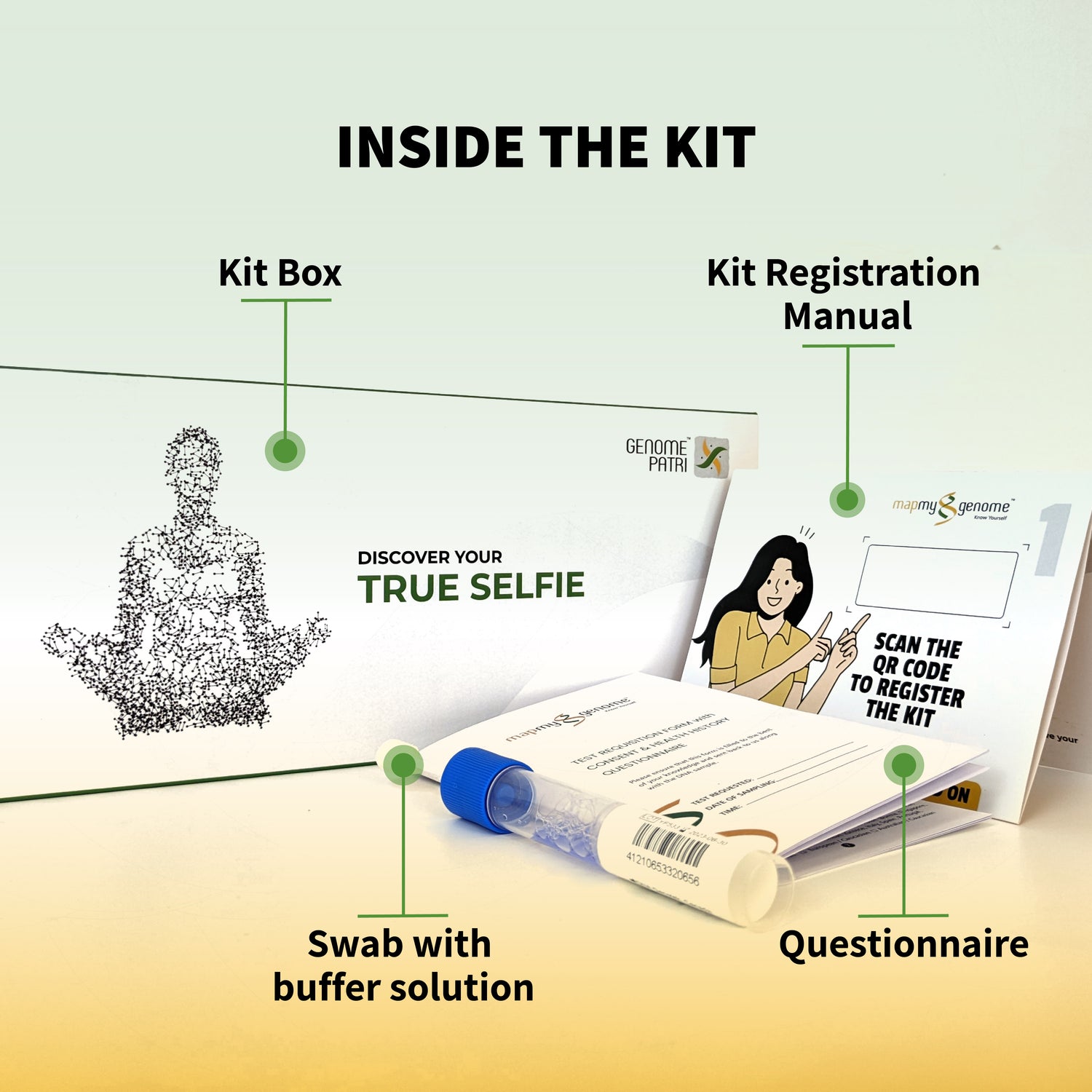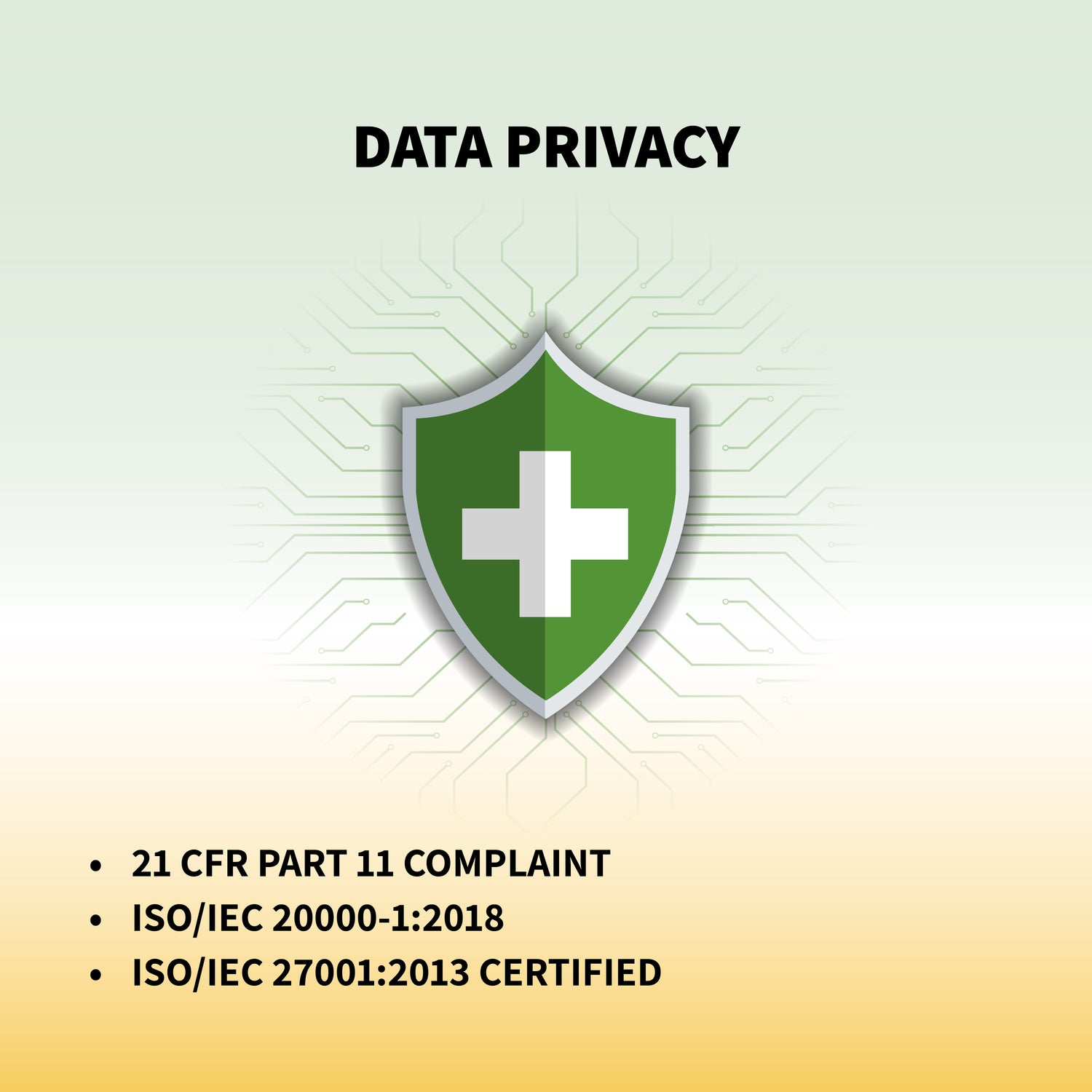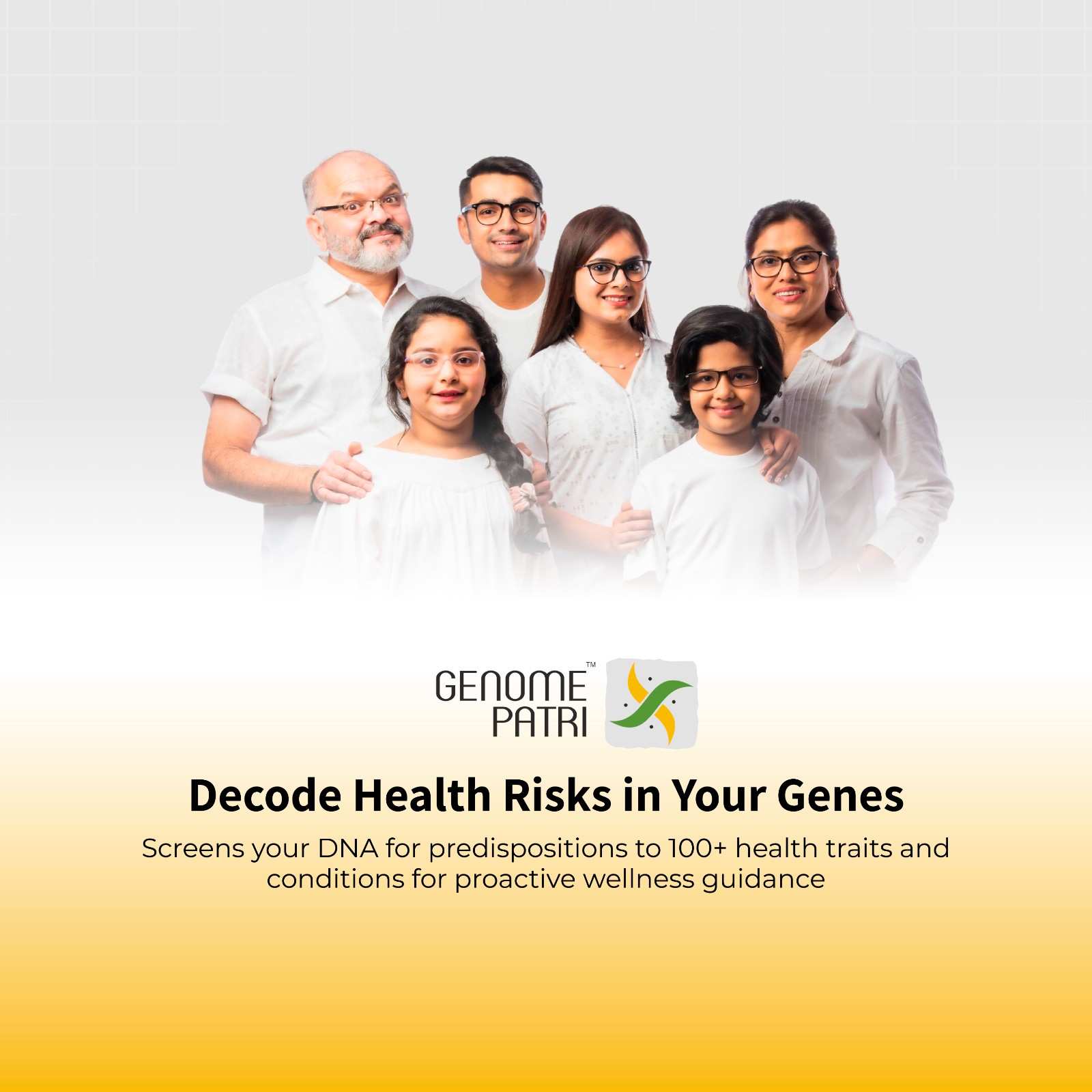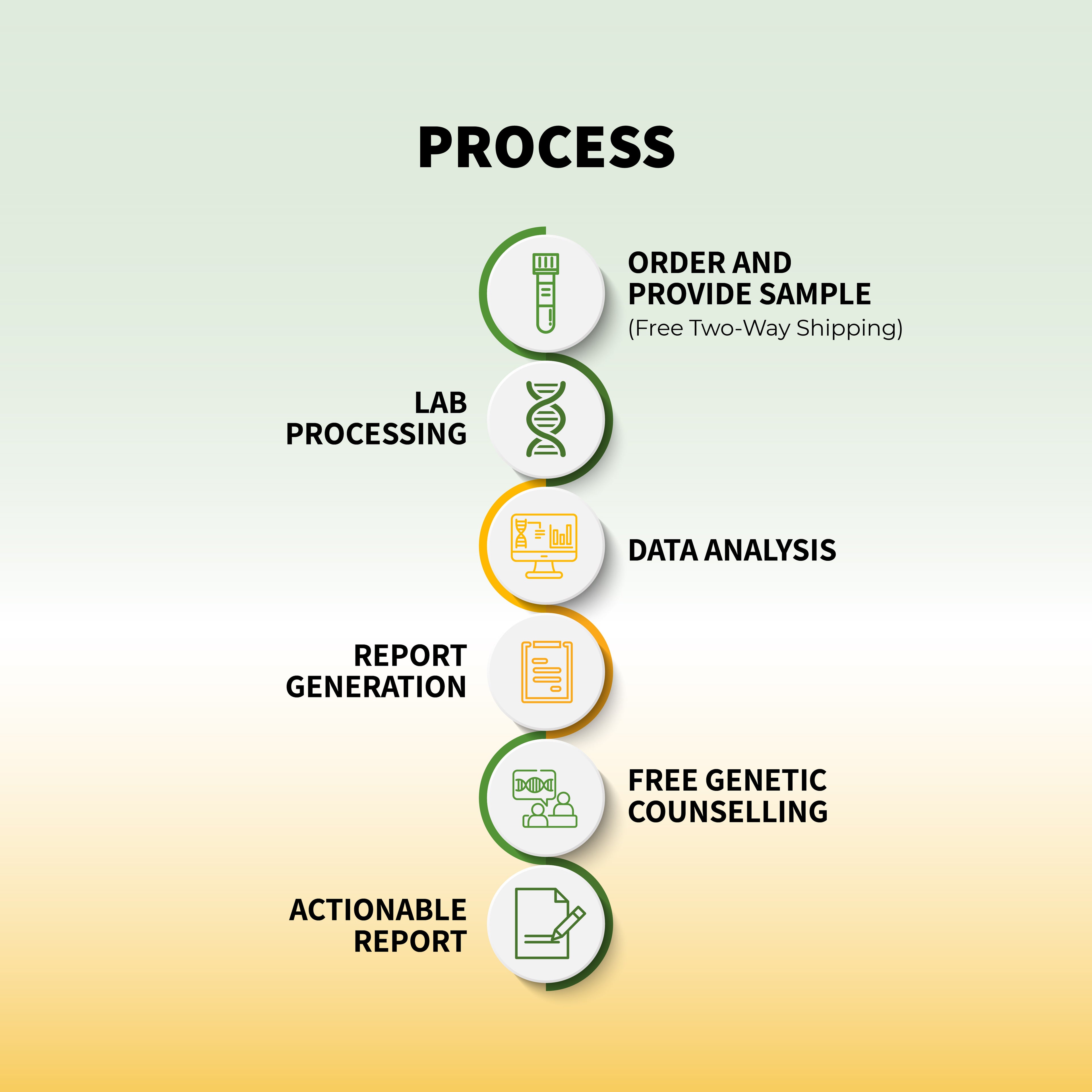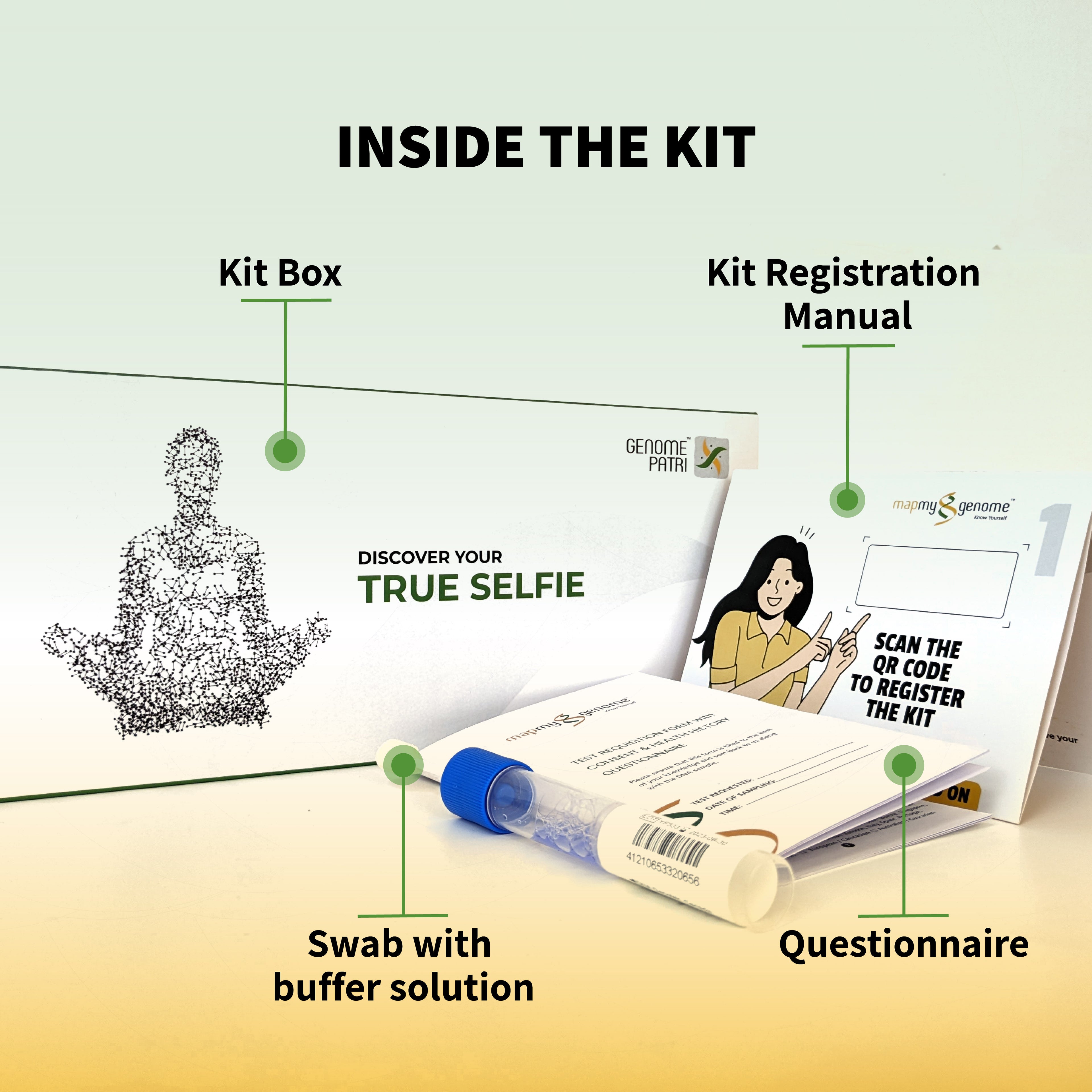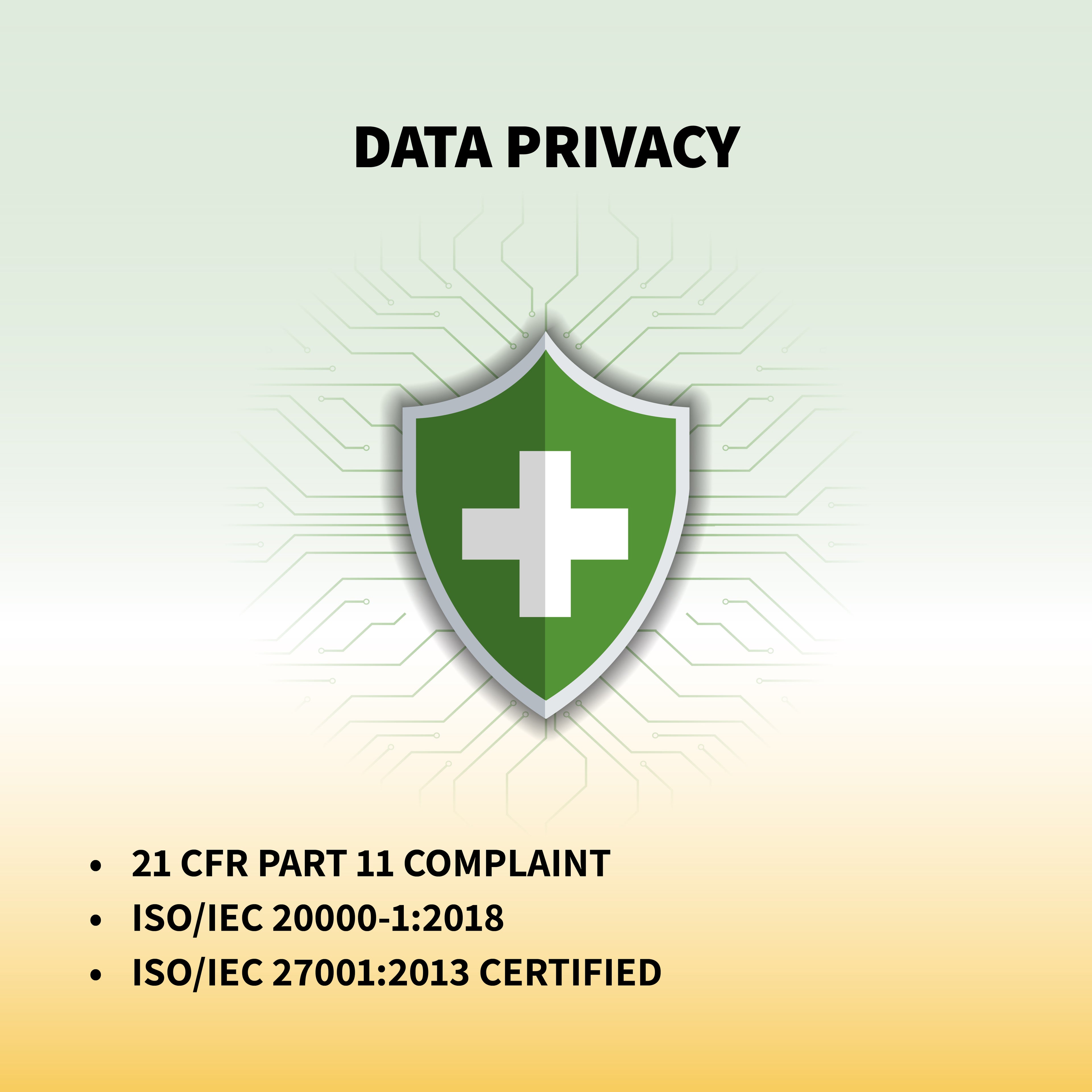Mitochondrial Disorders are not only due to mutations in the mitochondrial genome but also due to mutations in the nuclear genome.
Mitochondria, often called the cell's powerhouses, play a crucial role in converting cellular components into chemical energy known as ATP, using oxygen. Some intriguing theories suggest that mitochondria might have ancient bacterial origins and entered cells, establishing a symbiotic partnership with the nuclear genome. This idea gains support from the circular structure of mitochondrial DNA (mtDNA) and the fact that approximately 40% of mitochondrial proteins have bacterial roots. Our CCMB team, led by Dr.Shankaranarayana, supports this theory with solid evidence.
Mitochondrial Disorders
Mitochondrial disorders arise due to dysfunction of the mitochondrial respiratory chain, which is the final pathway for aerobic metabolism (generating energy in the presence of oxygen). So, the mitochondrial disorder affects any tissue or organ that is highly dependent on aerobic mechanisms.
Mitochondrial disorders often present a spectrum of clinical features, including ptosis, external ophthalmoplegia, proximal myopathy, exercise intolerance, cardiomyopathy, sensorineural deafness, optic atrophy, pigmentary retinopathy, and diabetes mellitus.
Primary and Secondary Mitochondrial Disorders
Primary Mitochondrial Disorders (PMD) – Pathogenic variants in the mitochondrial respiratory chain and related peptides cause primary mitochondrial disorders (PMD). Mitochondrial DNA is 16kb in length with 37 genes. Mutations in these genes disturb the function of mitochondria leading to disease. Approximately 1500 nuclear genes are involved in coding respiratory chain subunits and proteins for mtDNA maintenance. Mutations in these 1500 nuclear genes can also cause mitochondrial disorders.
Secondary Mitochondrial Disorders (SMD) –Disorders that affect mitochondrial mechanisms and their functions cause secondary mitochondrial disorders (SMD). The inheritance of mitochondria is also unique. SMD is primarily maternal because the sperm's mitochondrial DNA is degraded in the urinary tract (except for some rare cases).

Importance of Mt WGS-NGS Sequencing
Mitochondrial disorders are complex, and their severity depends on the number of defective mitochondrial DNA in each cell. These disorders can be tissue-specific, making diagnosis challenging, as mutations in muscle cells may not appear in blood cells. The intricacy arises from complex symptoms, inheritance patterns, and genomic changes, with mitochondria's role in energy generation adding to the complexity. Traditional diagnosis involves symptom analysis and mutation screening, but due to many genes and their length, it's challenging.
Next Generation Sequencing (NGS) simplifies diagnosis by identifying structural variants and mutations in one step. Clinicians prefer Whole Exome Sequencing (WES) with Mitochondrial DNA Whole Genome Sequencing (WES + Mitochondria-WGS) because most disorders result from nuclear genome mutations. Mitochondrial genetics involves two genomes, mitochondrial and nuclear, requiring a comprehensive evaluation for patients with maternal and mendelian inheritance.

Mapmygenome’s Next Generation Sequencing Solutions
Mapmygenome's Next Generation Sequencing (NGS) Solutions offer extensive gene coverage, precise analysis, and easy-to-read clinical reports. These solutions empower physicians to make accurate decisions for diagnosing, treating, and managing various health conditions. The NGS options include Whole Exome Sequencing (WES) and Whole Genome Sequencing (WGS).
In WES, Mapmygenome's panel assesses both mitochondrial and nuclear DNA, analyzing approximately 23,000 genes and 37 mitochondrial genes (16kb) at 100-120X coverage. This allows for the identification of structural variants and mutations associated with mitochondrial disorders.
MMG's WGS comprehensively analyzes 98% of the human DNA, going beyond specific regions with 30X coverage. This versatile approach benefits diagnostics, wellness, fitness, nutrition, and medication decisions. It also includes thorough bioinformatics and clinical analysis, resulting in a detailed report.
The process in Mapmygenome’s NGS solutions includes:

- Pre-test genetic counselling with patients, family members, and clinicians with Mapmygenome’s Board Certified Genetic Counselor.
- Sample Collection(blood/ buccal swab). The patient’s doctor places a request for the test. The sample is tested for susceptibility.
- Using Next Generation Sequencing(NGS), genetic data is subjected to extensive analysis to extract health information and generate a comprehensive health report.
- Post-test genetic counseling session with our genetic counselor to help understand the report and its clinical implications for the patient family
- Clinicians and families receive a genetic counselor’s summary and recommendations report for further follow-up and management of health conditions.
Know more about MMG's Whole Exome/Genome Sequencing Solutions



